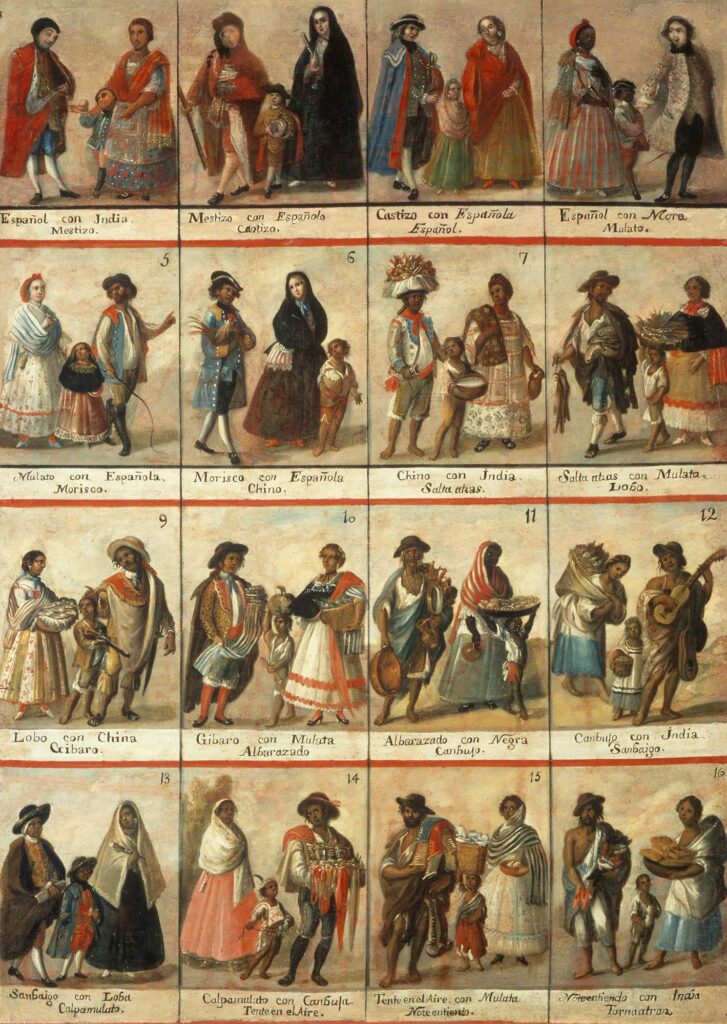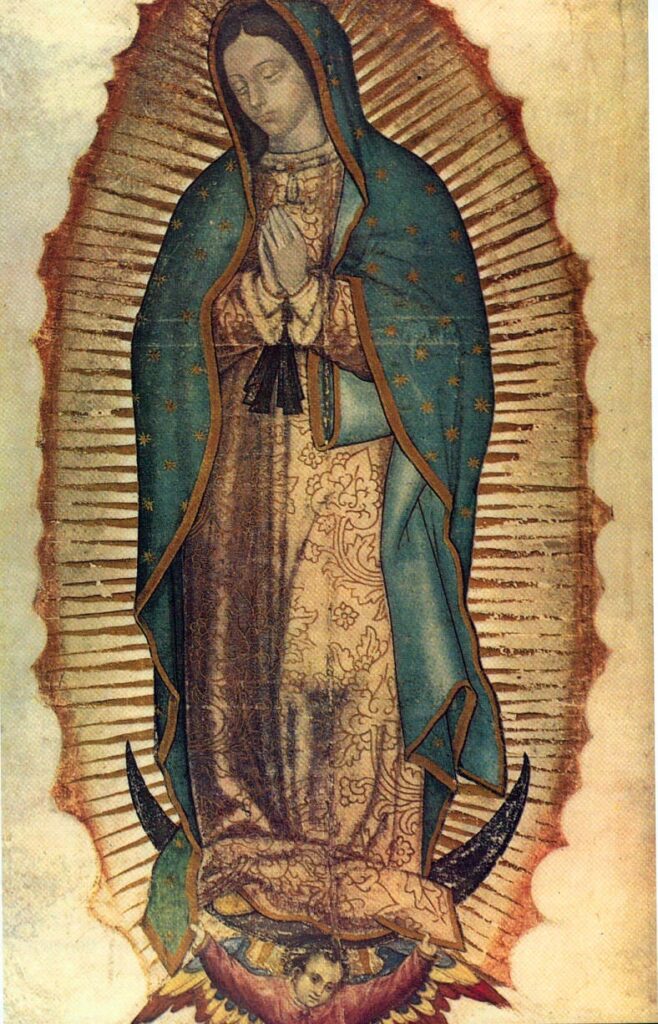The Rev. Jaime Briceño
Our Lady of Guadalupe
Translated

There is little to add to our story of the Virgencita de Guadalupe, but like everything in this world, the context in which our indigenous and brown virgin visit takes place is essential to emphasize.
Latin America in 1500 and Mexico in 1500 suffered from the same disease. In our towns, the castes were the ones that determined the social stratification; that was how its proximity to the Iberian Peninsula was manifested in our social, political, and religious experience; it is in this way that the event of Our Lady of Guadalupe represents not only a rupture but also represents a way in which our own God elevates the humanity of our indigenous peoples of our Latin American peoples.
But this evil is not unique or ends with time; this type of social stratification is codified in our Latin American peoples to this day, perhaps unconsciously; it is this idea that our skin color determines the value we have, maybe little spoken but very lived by our brothers and sisters, be it the clear inequality present in Afro-Latino peoples or even the continuous way in which indigenous survivors are displaced, marginalized and ignored. Racial discrimination in our Latin American towns is evident. It requires action and intentional change on our part to make this social sin rejected by those of us who see God as the center of our lives, of those who see in Christ as our savior and redeemer, of which we see in Mary our dark-skinned virgin mother of our creator, the very presence of a God motivated to make our world more just, more equitable for all, a world that little by little gets closer to our kingdom from the heaven.
In the indigenous, brown face of our little mother from Guadalupe, her language Nahuatl, his choice to manifest himself to our indigenous brother San Juan Diego, is how God turns upside down any social stratification that exists in our unconscious, shows us that in the miracle of Guadalupe that his presence in the town is clear, that his preference for the marginalized peoples, for the poor, for the oppressed is not only their choice but where their presence is manifested, where their action in this world is exemplified, where the glory of God is present.
As Christians, as disciples of Christ, the task in the presence of our indigenous and brown virgin could not be more precise. It requires that we put our best effort into the life experience of our marginalized peoples to change everything from our standards of beauty to the way we advocate for our indigenous peoples. In today’s Latin America, we may not talk about castes like they were discussed and codified in the 1500s, but many of their practices survive today. Latin American beauty standards tend to be European, blonde, and Anglo. If we only meet again with the indigenous face of the mother of our savior and see in it the beauty that God tried to show us more than 500 years ago, we could begin to allow God to change us. If we understand where our most internal sins come from, we can make the necessary changes to find redemption. Our invitation to this celebration of Guadalupe is to re-encounter our indigenous peoples with the surviving indigenous peoples in our families or us, advocate for their rights in our countries, and respect their traditions and ways of life.
Mother of Guadalupe, as your people, we always come to you for refuge, protection, and hope; let us see our brothers and sisters in the perfection of your face. Help us to reject any oppression; take us by the hand to a world where every day is a reflection of the Kingdom of Heaven.

